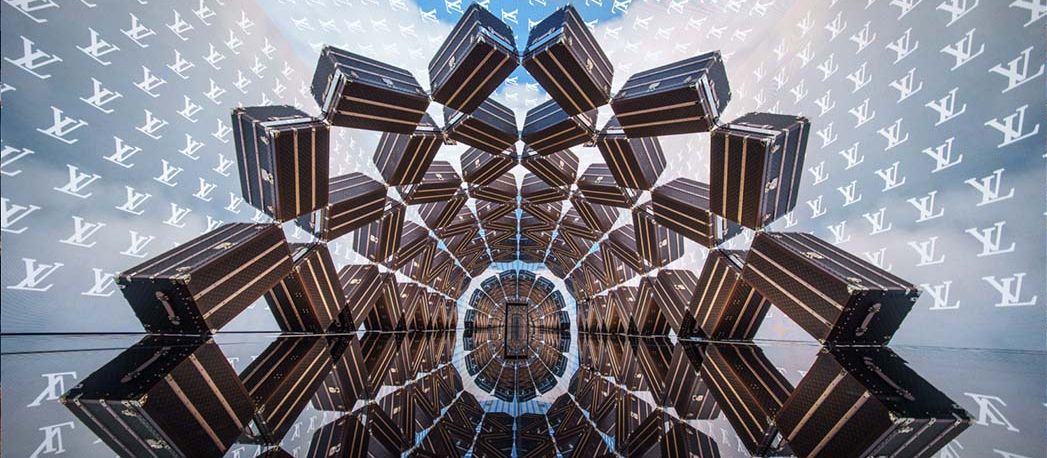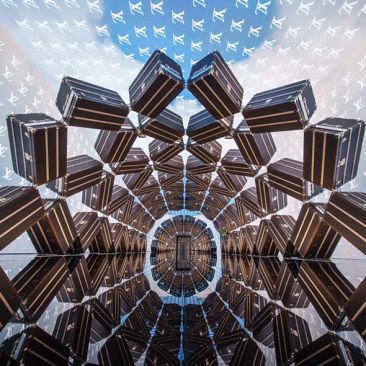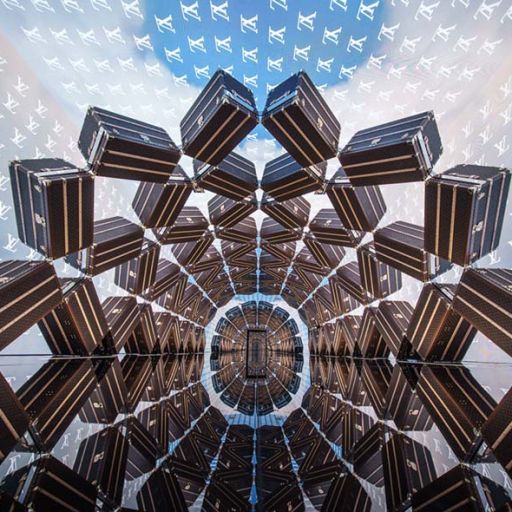
The Eastern Tide
02.10.2025
10 minutes
The global retail landscape is undergoing a profound transformation, with the traditional axis of innovation shifting dramatically. For decades, the narrative has often placed Western markets at the forefront of retail evolution. However, the compass has undeniably spun, and East with China, Korea, and Japan now charting the course for what comes next. This region is not merely influencing; it is leading with bold concepts, groundbreaking digital innovation, and an unparalleled focus on consumer experience. The vibrant energy emanating from these markets is now undeniably influencing the European market, retail design and consumer expectations.
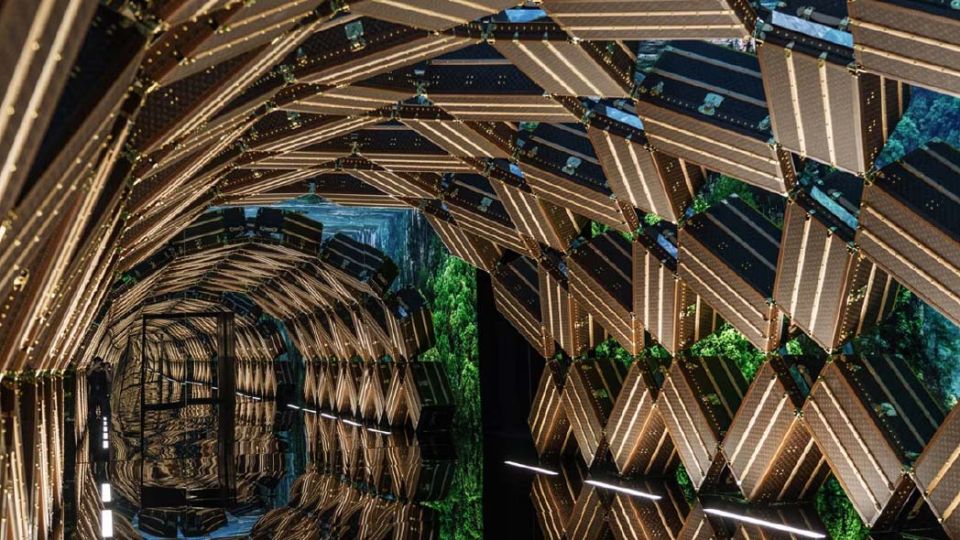
Image_The Louis hypebeast.com
Asia's Retail Renaissance: Where Innovation Knows No Bounds
The Asia Pacific (APAC) region has firmly established itself as the global retail research and development laboratory. This is evidenced by its significant contribution to global commerce, pushing over half of all point-of-sale transactions worldwide (NRF.com). This leadership extends beyond sheer market size; it lies in pioneering innovation that has redefined retail norms. APAC introduced the world to "super apps" that seamlessly integrate commerce, payments, and entertainment, and it invented livestream commerce, fundamentally altering how consumers interact with brands and make purchases.

Image_Forbes.com
This ascendancy is largely propelled by a new generation of mobile-first, AI-savvy, and digitally mediated consumers. Projections indicate that by 2030, a staggering 85% of consumers in Asia Pacific are expected to conduct their primary shopping activities through social media platforms, effectively bypassing traditional retail websites altogether (prnewswire.com). Artificial intelligence is not merely a trending buzzword in this environment; it is an essential component of the shopping journey, with 81% of APAC shoppers expressing a desire for AI-driven tools, including virtual try-ons and voice search, to guide their purchasing decisions.
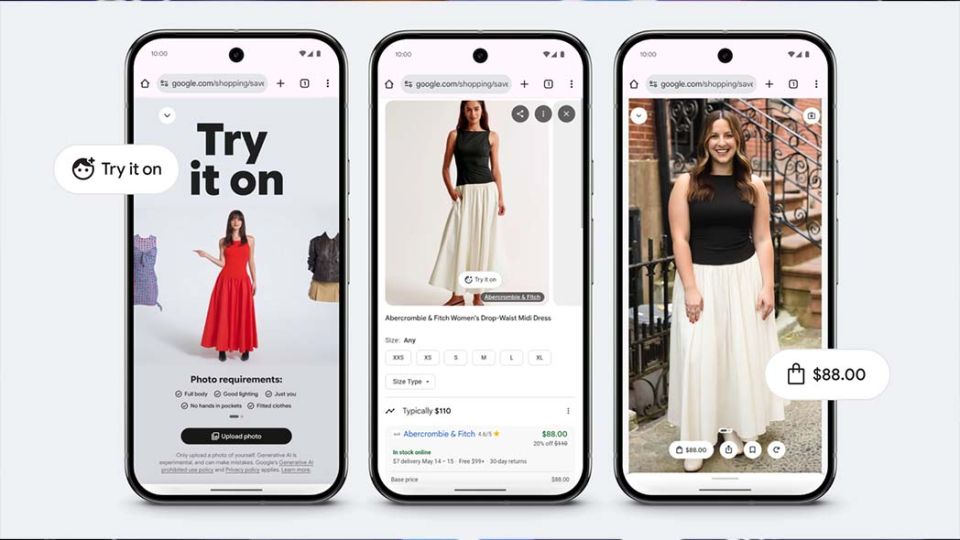
Image_Google.com
Bold & Beautiful: Decoding East Asia's Retail Experiences
In East Asia, the concept of a retail space has been radically re-imagined due to the impact of social media and e-commerce. Stores are no longer simply transactional points; they have transformed into immersive destinations, vibrant hubs of culture, connection, and profound experiences. The prevailing philosophy centres on creating shareable moments that drive organic marketing and engagement. This often means that the primary offering is the experience or the brand narrative itself, with product sales becoming a secondary outcome or even occurring through other channels. This strategy requires immense brand confidence and a willingness to invest in non-traditional returns on investment.
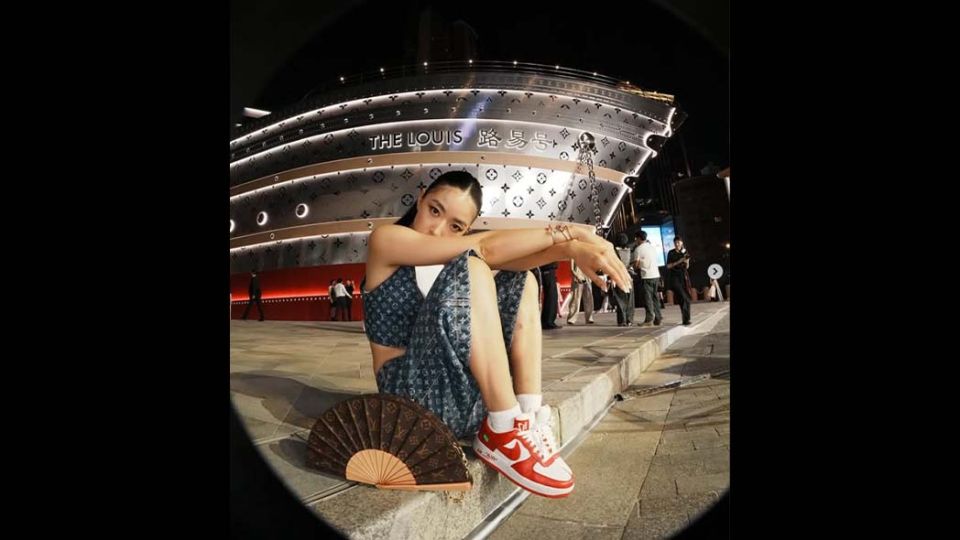
Image_Instagram @yuyuzhangzou
MINISO Space in Nanjing, for instance, represents a strategic evolution in retail format. It is deeply rooted in IP-driven experiences, featuring limited edition products and highly immersive spaces. The design integrates popular intellectual properties like Disney and Harry Potter, creating a narrative-driven layout that seamlessly blends exhibition, experiential, and traditional retail functions. This approach creates a premium and playful journey that resonates deeply with consumers by tapping into existing fandoms and leveraging established emotional connections to drive footfall and sales.
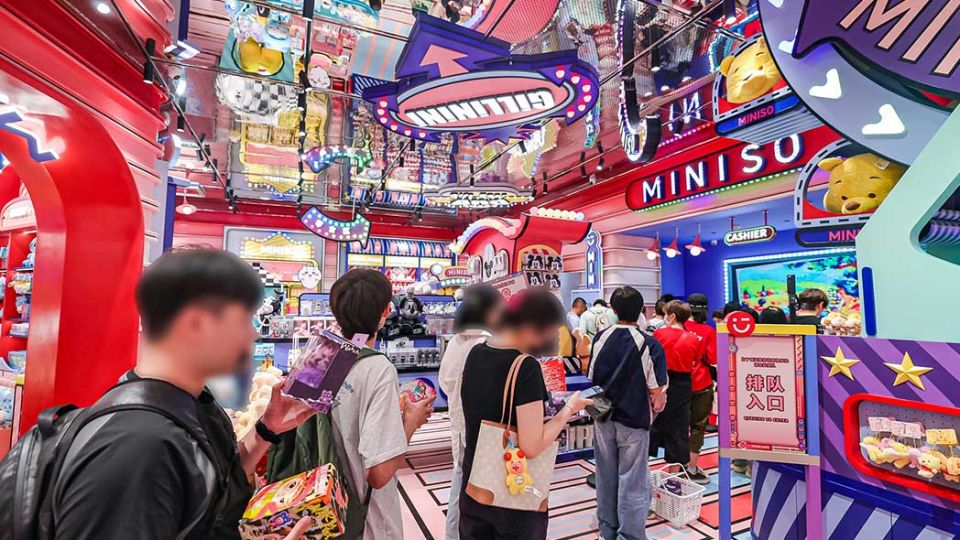
Image_prnewswire.com - MINISO Space _ Nanjing
Gentle Monster, a brand we follow with intrigue and often reference, exemplifies the power of bold and artistic installations across its retail estate. From their own stores to the SKP-S Beijing department store, Tambarins and its dessert brand, Nudake they create disruptive interior spaces that surprise and delight at every turn.
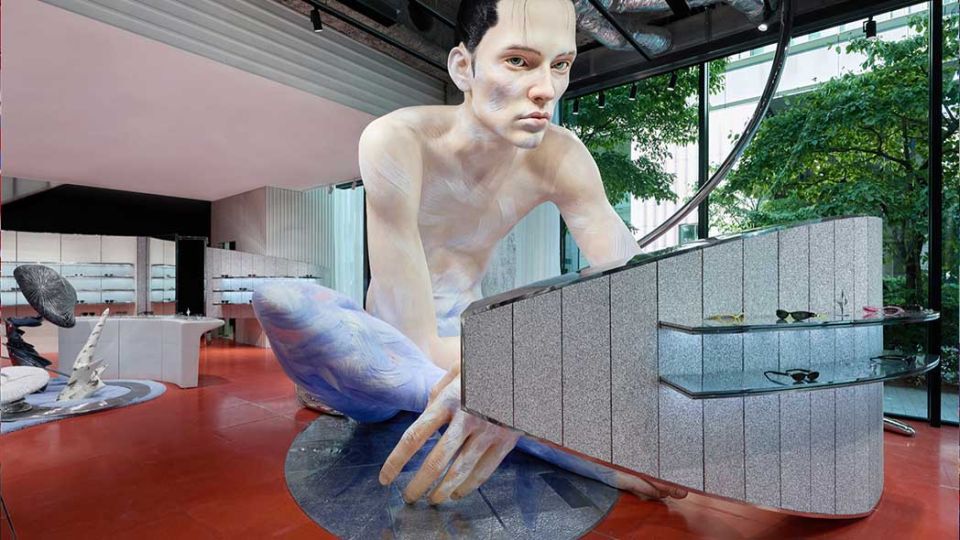
superfuture.com Gentle Monster Tokyo
These examples collectively illustrate a radical rethinking of retail, where the store becomes a form of performance art, creating highly shareable moments with global reach.
HAUS NOWHERE, the experimental retail concept from Gentle Monster, has unveiled an art installation titled “More Is More,” created in collaboration with artist Max Siedentopf. On view at HAUS NOWHERE locations in Seoul, Dosan, Shanghai, and Shenzhen, the installation features a mountain of black bin liners with a figure holding a single gold bag. The piece reinvents the traditional brand space by blending art, technology, and design, offering a reflection on value and the evolving role of physical retail.
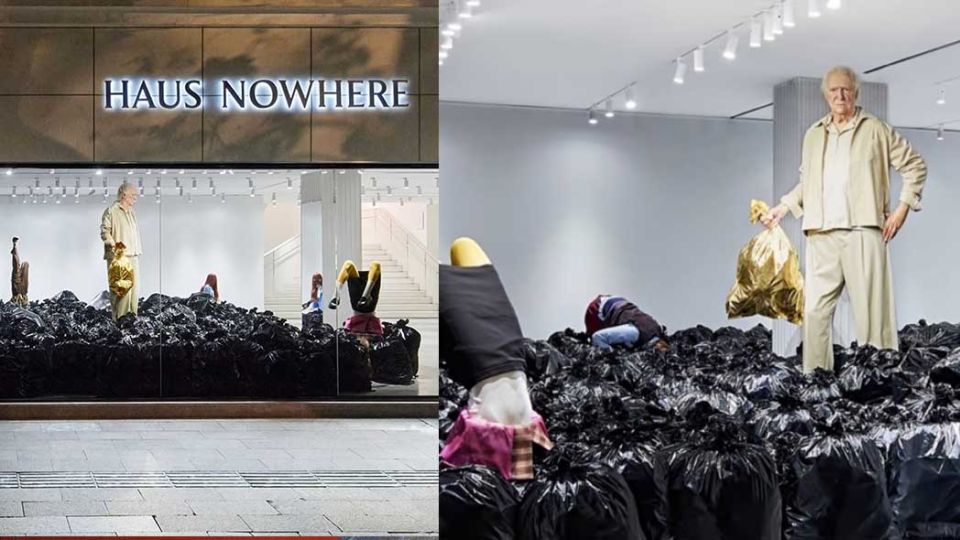
Image_hypebeast.com
In a similar vein, ADERERROR Ov Shop in Seoul, was designed to showcase fashion, space, interior, content, and stories with a focus on art and immersive experiences.
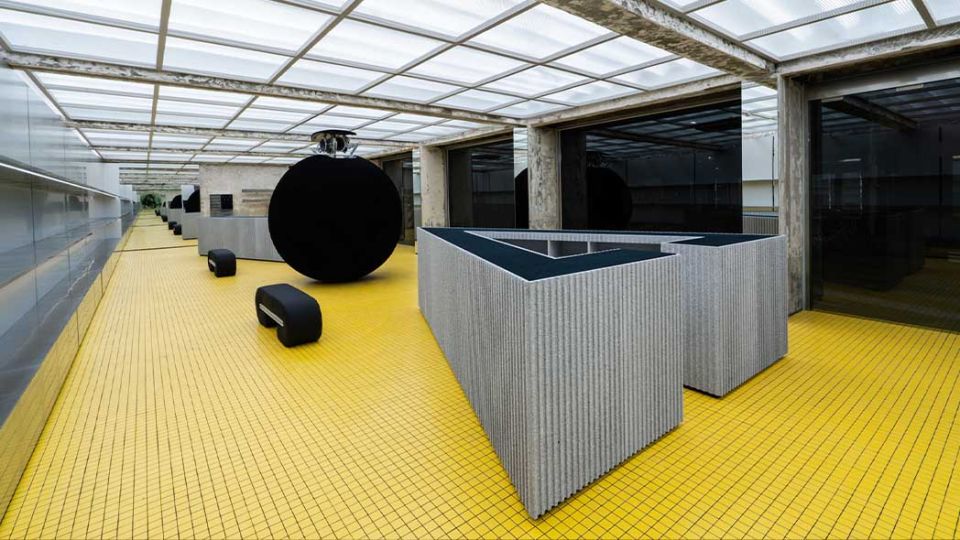
leeyyohan.com Ader Error
Louis Vuitton's "The Louis" concept store in Shanghai is a bold architectural statement that seamlessly merges the brand's Western heritage with Eastern influences. The cruise-inspired structure pays tribute to Louis Vuitton's history of travel while also honouring Shanghai’s historical role as a port city. While the exterior is designed to be an instantly recognisable icon, the 1,600 square meter space acts as an immersive brand statement, blending exhibitions, a working atelier, and hospitality into one luxury destination.
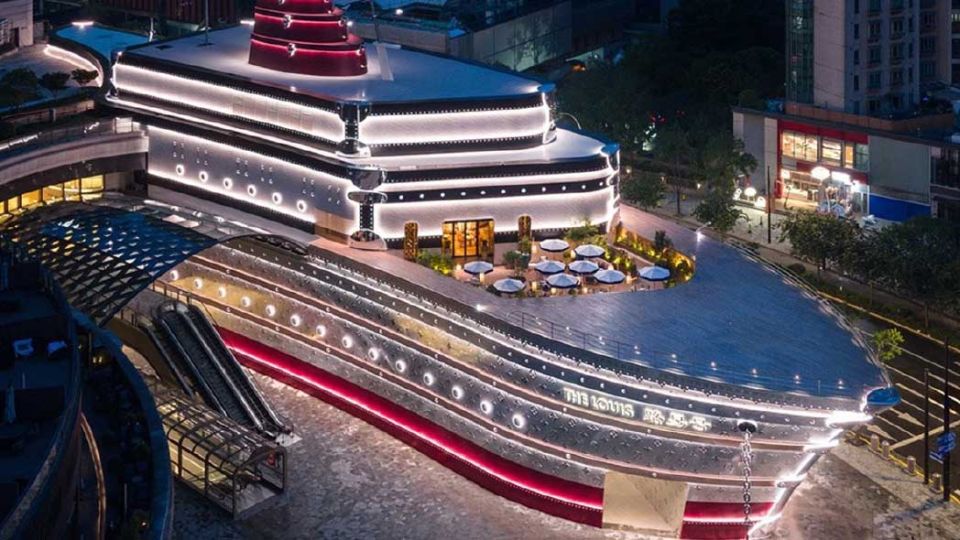
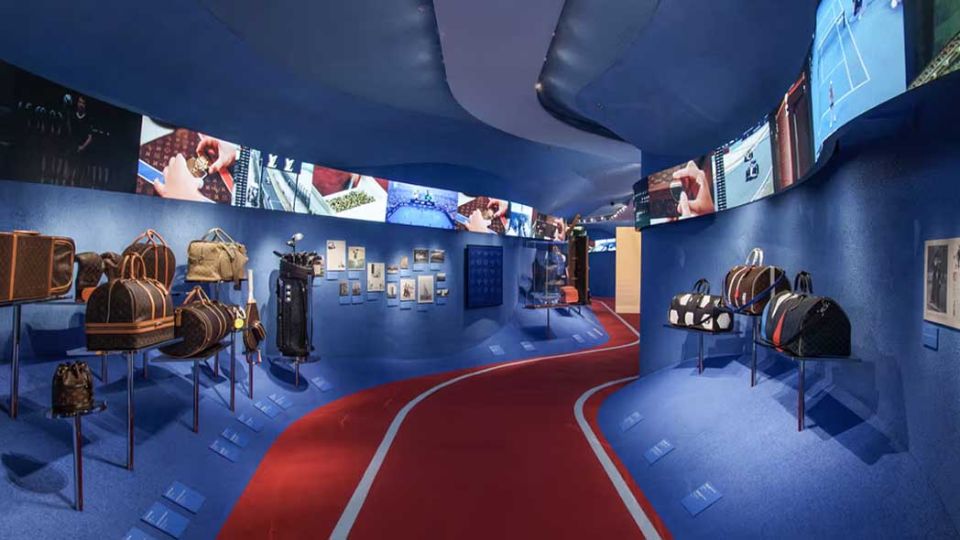
Image_The Louis hypebeast.com
Not only is the far east a playground for pushing the creative envelope of DTC brands, but there is a growing market for second-hand products driven by sustainably-minded consumers. Super Zhuanzhuan, a new 3,000 sqm retail store from Zhuanzhuan Group, redefines the second-hand shopping experience in Beijing.
The store offers a curated selection of over 30,000 vetted items, ranging from pre-owned luxury goods to electronics. Designed to address consumer trust, each item includes a comprehensive test report and a QR code for detailed information. The store is vast and it’s industrial-chic layout extends Zhuanzhuan’s multi-category strategy, creating a hybrid retail environment that provides a blend of discovery, value, and experience for young consumers.
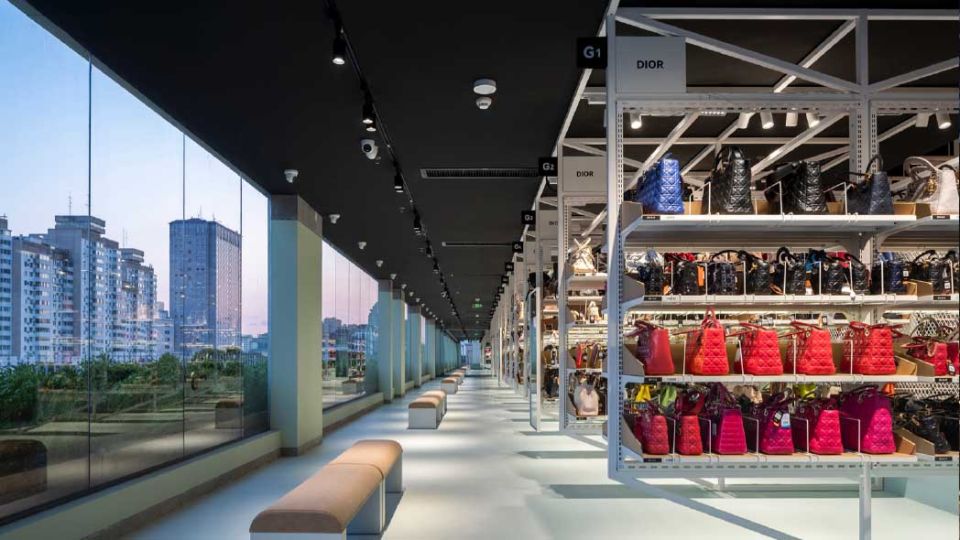
Image_superfuture.com Super Zhuanzhuan
The new ZARA flagship store in Nanjing, designed by AIM Architecture, is a significant evolution for the brand, embodying a blend of Western and Eastern cultural influences. The design balances ZARA's contemporary global identity with Nanjing's unique urban fabric.
On one hand, the store reflects ZARA's global efficiency through its industrial-chic aesthetic, exposed structures, and the transparent display of an automated clothing transportation system. On the other, it deeply integrates with the local culture, most notably with a red brick mountain staircase that extends to the street, directly connecting the store to the city's heritage and providing a public space for its dynamic population.
This fusion of ZARA's signature brand identity with culturally specific, architectural elements creates an experience that is both globally relevant and contextually grounded.
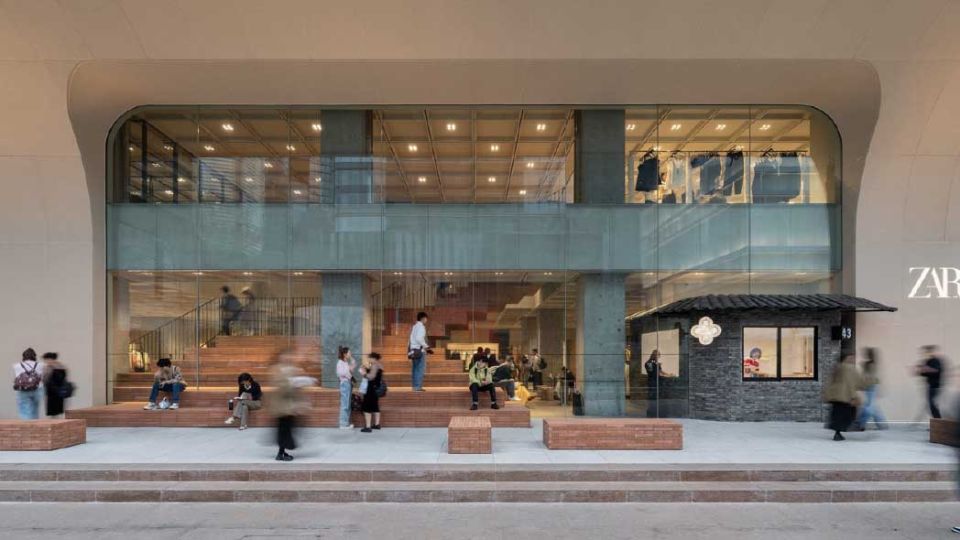
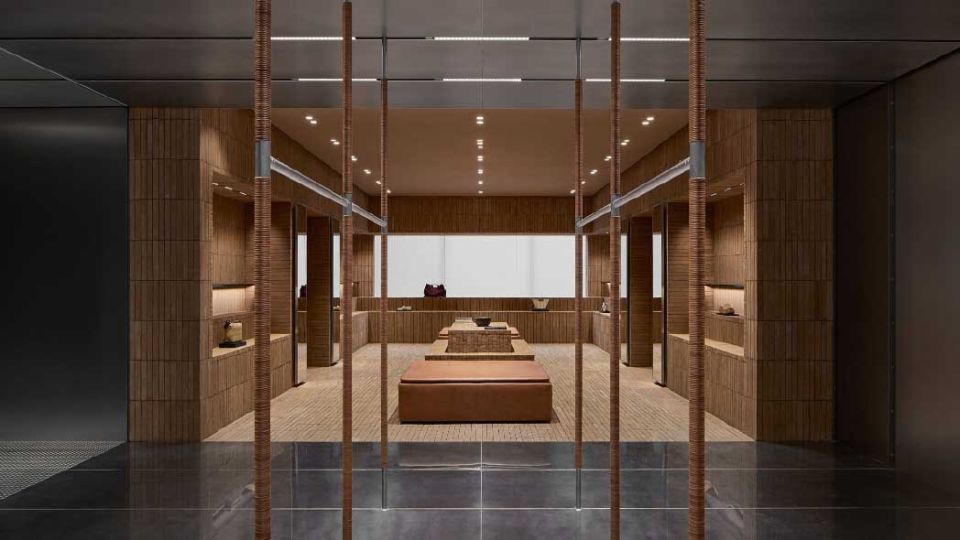
Image_aim-architecture.com Zara Nanjing
The Digital Tide: Chinese E-commerce Giants Storming UK Shores
The market penetration of Chinese e-commerce giants like Temu and Shein in Europe has been significant. Temu, for example, quickly became one of the top five most downloaded apps in the UK, Germany, and Italy (source hdi.global).
With JD.com also looking to expand its presence in the UK, this signals a continued influx of digital, value-driven models into the market. The success of these platforms highlights a global trend where consumers increasingly seek a balance between value-driven products and experience-led brands.

Image_thedailyupside.com
K-Culture Craze: K-Beauty and K-Fashion Redefining UK Style
The "K-Culture" phenomenon has profoundly influenced UK retail, particularly in the beauty and fashion sectors. The significant development for K-Beauty in the UK is the rapid expansion of its physical retail presence, moving beyond online platforms and pharmacy shelves to dedicated brand stores. We helped PURESEOUL, a Korean beauty retailer, create its first high street presence in London in 2022 which has continued to further expand its successful retail model across the UK.
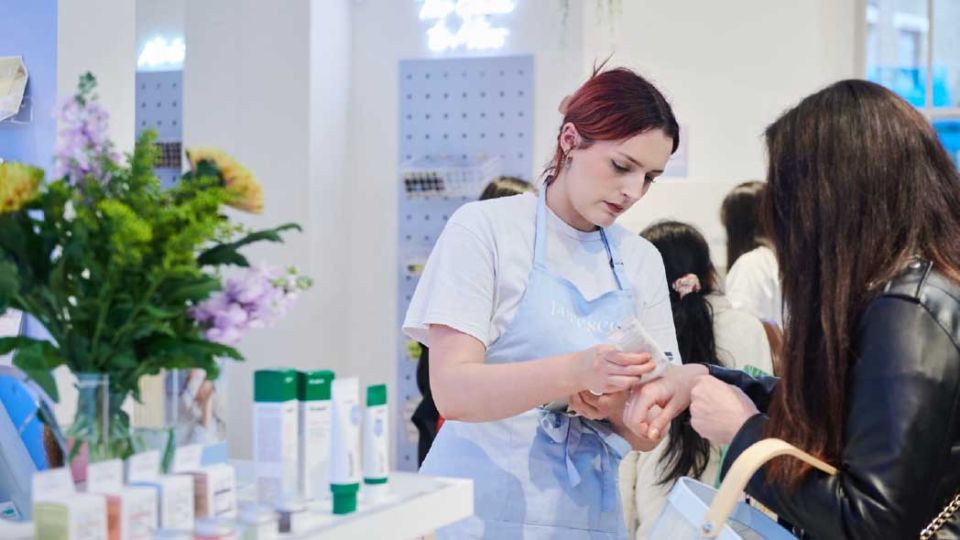
Image_O12
The brand’s growth is heavily influenced by social media and the global appeal of K-pop culture, which drives demand for innovative skincare solutions, natural ingredients, and personalised and affordable products.
The West is experiencing a "rise of Korean fashion," celebrated for its unique blend of streetwear, designs, and focus on ethical production. Brands such as Ader Error and Juun.J are increasingly in the spotlight, driven by collaborations with global brands like Zara and Puma, and the growing popularity of K-pop stars.
Online platforms like LEWKIN further facilitate this by offering K-pop inspired fashion directly to UK consumers. This cultural exchange is not unidirectional; UK brand Palace Skateboards, recently opened a second Seoul flagship store with a design that captures the spirit of the famed Southbank skatepark, showcasing a reciprocal flow of creative influence.
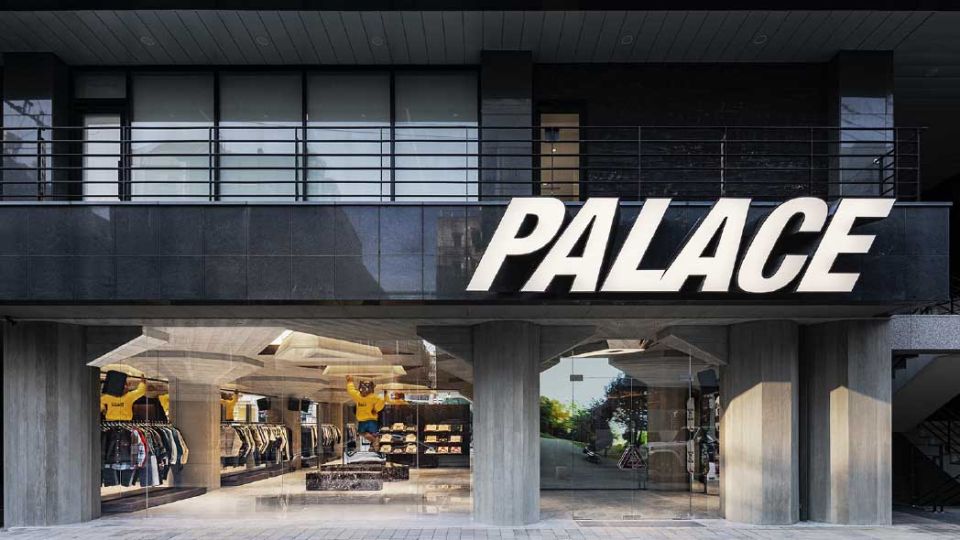
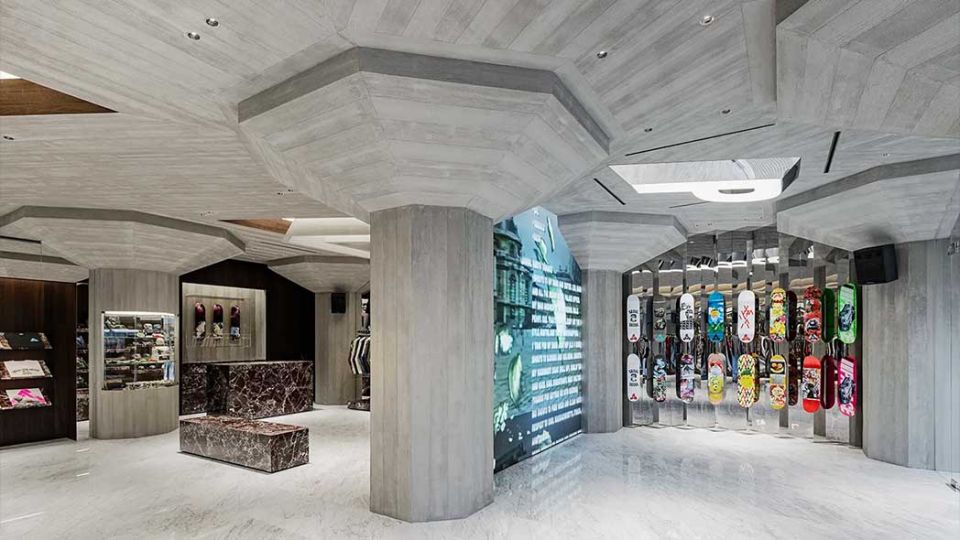
Palace’s new Seoul store, inspired by London’s ‘mighty Southbank’
Image_Courtesy of Palace
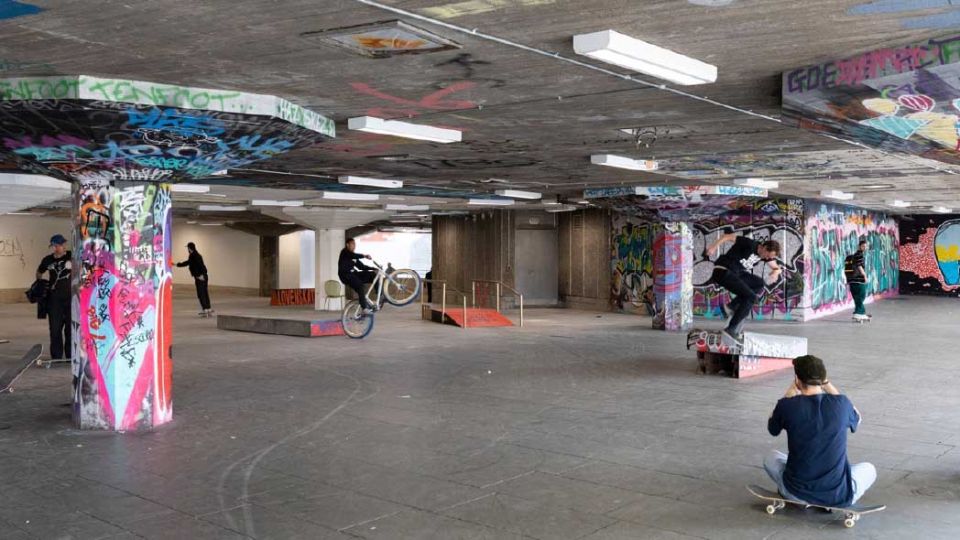
Image_Paul Carstairs – Arup - Southbank Skatepark
The success of K-Beauty and K-Fashion in the UK illustrates that it is not merely about product sales but about the entire cultural ecosystem of K-pop, K-drama, and associated aesthetics. This means the influence extends from playful packaging, community-driven in-store experiences, and a focus on individuality and ethics.
BLACKPINK's Wembley Stadium performance on August 16, 2025, set several records, making them the first K-pop and Asian female act to headline the iconic venue. They also achieved the most attended K-pop concert in Europe and the most attended K-pop show outside of Asia.
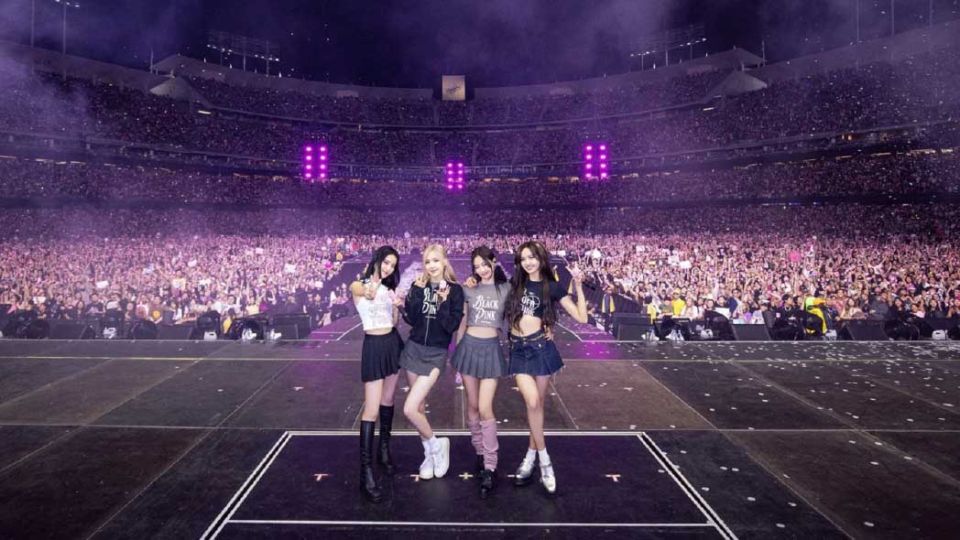
Image_mybigplunge.com BLACKPINK Wembley
The Chinese Digital Playbook: Livestreaming, Gamification, and Super-Apps
The UK is rapidly emerging as the "fastest-moving market in Europe" for adopting Asian social trends, particularly those originating from China. Livestream shopping, a phenomenon hugely popular in China, is gaining significant traction in the UK. TikTok Shop UK, for instance, reported a remarkable 131% increase in shoppers during Black Friday 2024, with users tuning into 6,000 livestream sessions daily (cmotech.asia). This indicates a growing consumer appetite for real-time, interactive shopping experiences.
A notable shift in marketing strategy is also underway, with brands increasingly moving away from highly polished influencer campaigns towards more relatable,
China's beauty sector demonstrates examples where in-store advisors double as social media personalities, creating authentic and localised content. The adoption of these Chinese digital strategies in the UK signifies a move beyond traditional e-commerce websites. The rise of livestreaming, UGC, and gamification points to a future where retail engagement is deeply entertaining and community-driven, challenging linear sales funnels and demanding a more dynamic digital strategy.
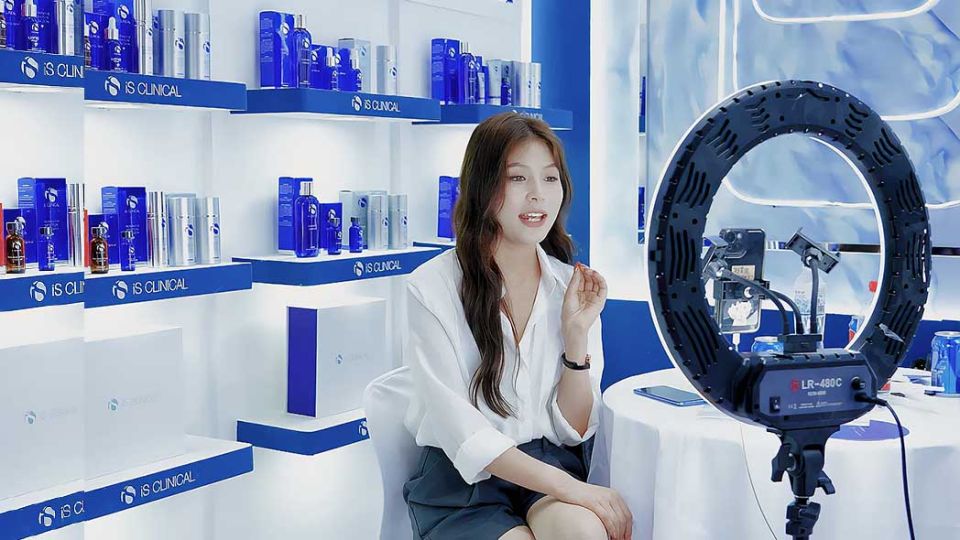
Image_wpic.co Live Store Streaming
Our Expertise in Action: Guiding Brands into Asia's Dynamic Markets
At Office Twelve, we don't just observe these transformative trends; we actively shape them, partnering with global brands to navigate and thrive in the dynamic Asian retail landscape. Our expertise in designing and delivering retail concepts across the Asian markets has been instrumental in Wedgwood’s, Waterford’s, Royal Copenhagen’s and Moomin’s expansion. We understand that brands need more than just design; they need a partner who understands the intricate cultural nuances and rapidly evolving consumer behaviours of these markets.
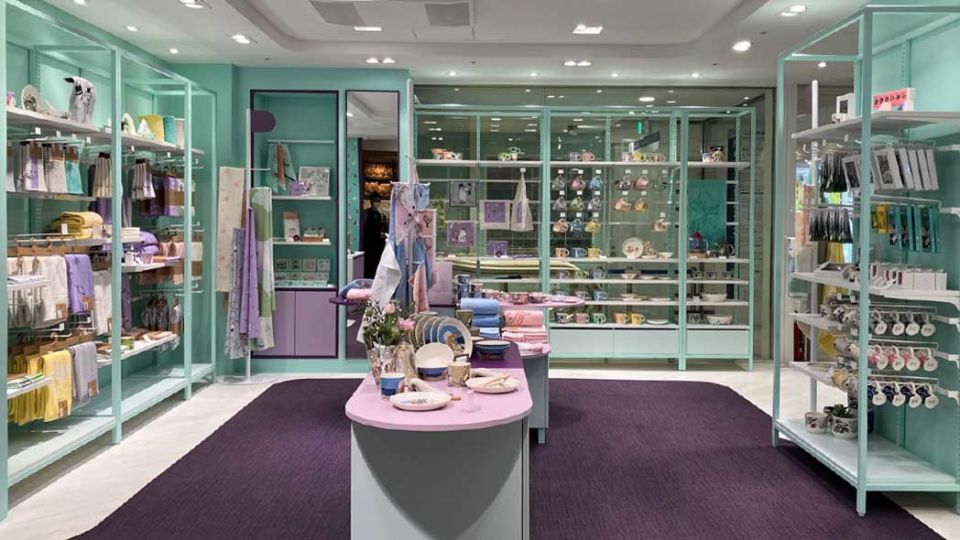
Image_O12 Moomin
When collaborating with Wedgwood, we work closely to translate its concept and exquisite craftsmanship into compelling physical spaces that resonate with the discerning Chinese consumer. This involves working closely Wedgwood's design team, local teams, and local cultural nuances. Our approach focuses on crafting bespoke retail concepts that honour Wedgwood's legacy while embracing the experiential demands of the Chinese market, ensuring their stores become destinations for 'quiet luxury' seekers.
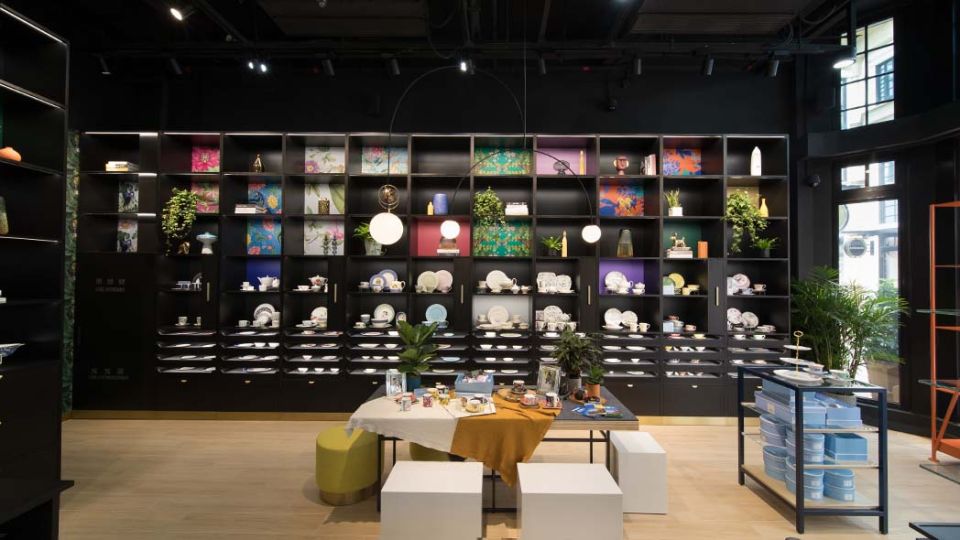
Image_O12 Wedgwood - Shanghai
Similarly, our partnerships with Fiskars and Royal Copenhagen have seen us facilitate their strategic expansion across various Asian markets.
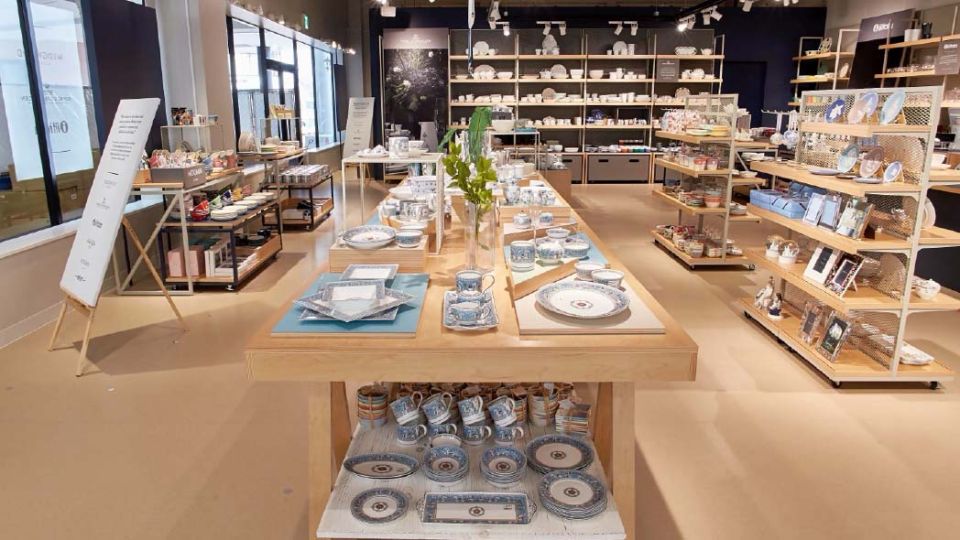
Image_O12 Fiskars Outlet - Rinku
Our portfolio showcases our commitment to helping brands with retail design for Asian markets, ensuring their physical and digital presence is optimised for success. We leverage our insights into local consumer preferences and experiential design to create retail environments that truly connect with consumers in these markets.
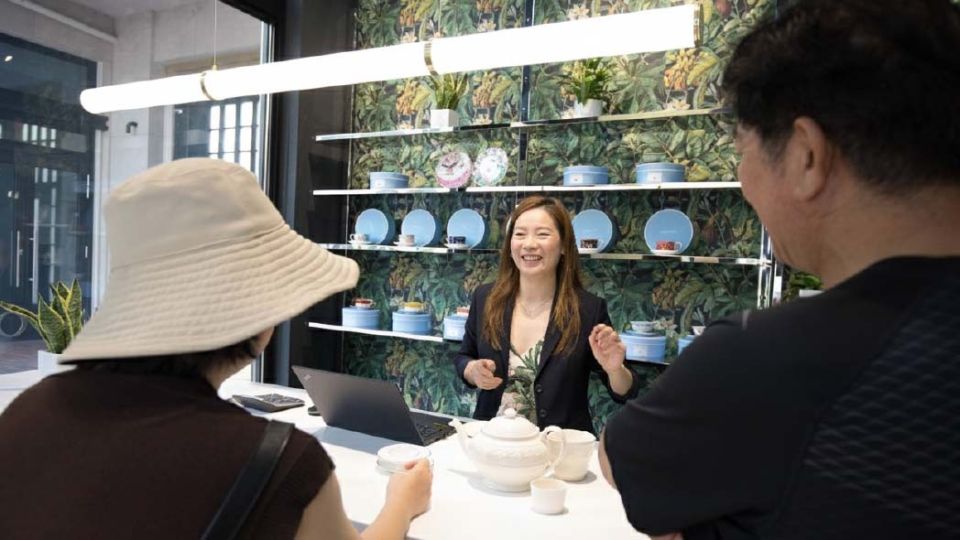
Image_O12 Wedgwood - Shanghai
Conclusion: Designing Tomorrow, Today
The Eastern tide is not merely a ripple; it is a powerful current reshaping the global retail landscape. The profound influence of China, Korea, and Japan on European retail design, brand strategies, and consumer engagement is undeniable and continues to accelerate. From the immersive, IP-driven experiences of MINISO and Gentle Monster to the digital dominance of Temu and Shein, and the cultural resonance of K-beauty and Japanese minimalism, East Asia is setting new benchmarks for innovation and customer connection.

